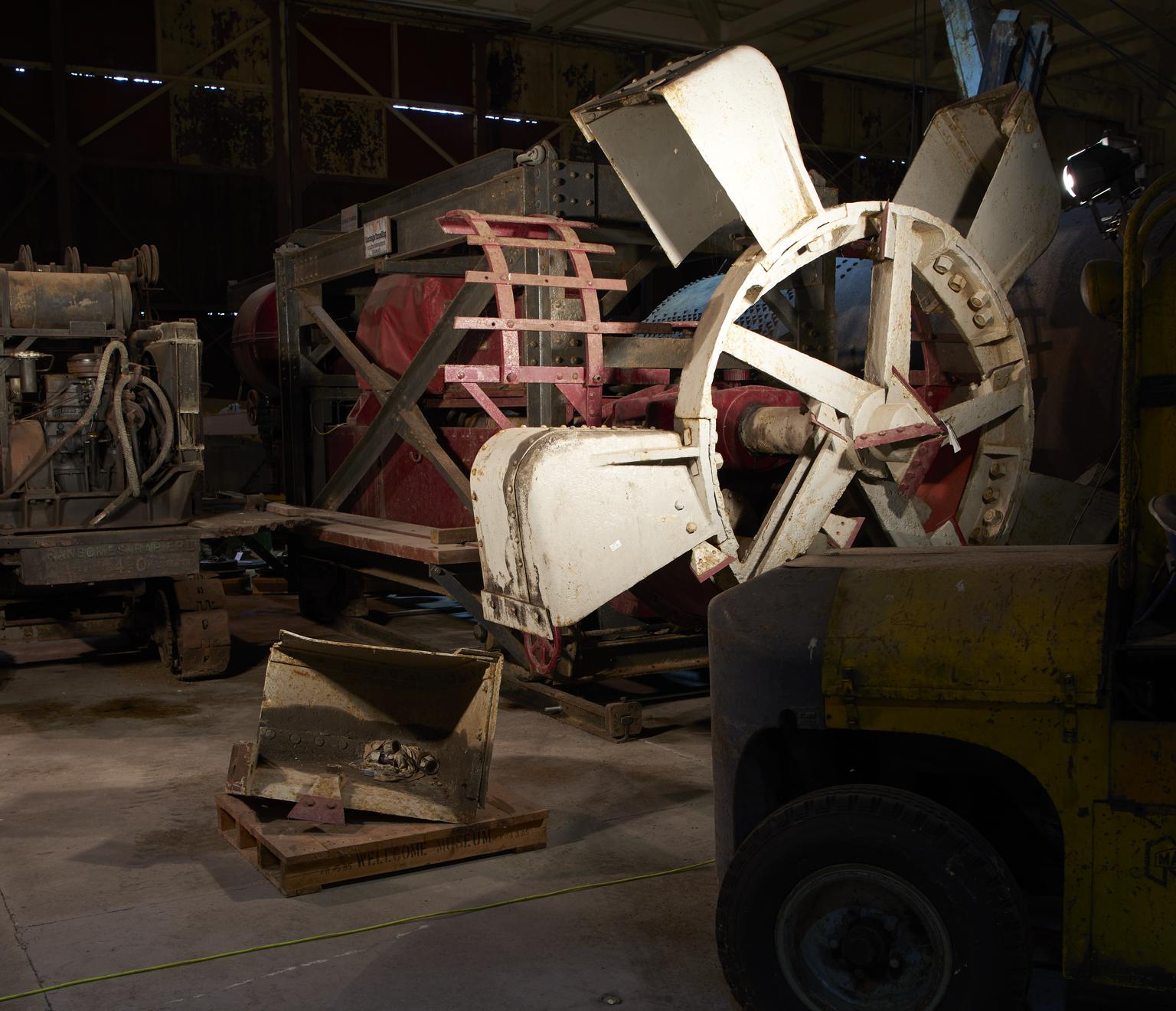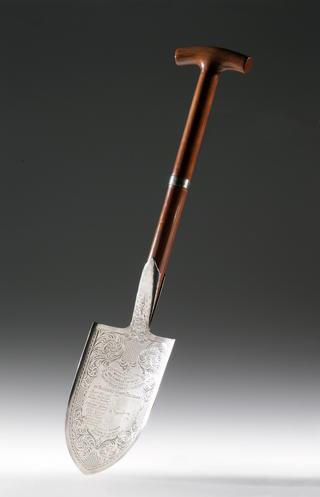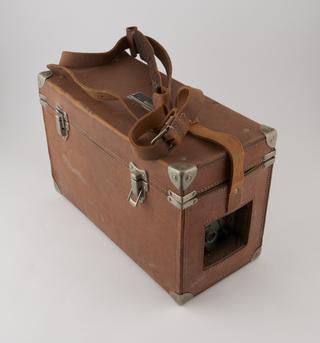
Whitaker Tunnelling Machine
Whitaker Tunnelling Machine, manufactured by Douglas Whitaker, Leicester for the Channel Tunnel Company Ltd, 1921.
More
Named after its maker Douglas Whitaker, this type of tunnelling machine was initially designed to drive tunnels under the German lines during the First World War, so that huge caches of explosives could be fired under them to break the stalemate on the Western Front. This machine was built for the Channel Tunnel Company Ltd in 1921 and was used to drive a trial heading at Folkestone Warren in Kent. It dug a 150 metre long tunnel between June 1922 and September 1923 at an average speed of 23 centimetres per operational day. The machine was then left in a storage shed and became almost completely buried. There it sat for the next 70 years before being salvaged in 1990 to be preserved as a unique relic of its kind. It weighs around 30 tons and measures 3.5m in diameter and 11m in length.
- Measurements:
-
overall: 3330 mm x 3700 mm x 11100 mm,
- Materials:
- metal (unknown) , wood (unidentified) and paint
- Object Number:
- 1991-283/1
- type:
- tunnelling machine
- Image ©
- The Board of Trustees of the Science Museum






